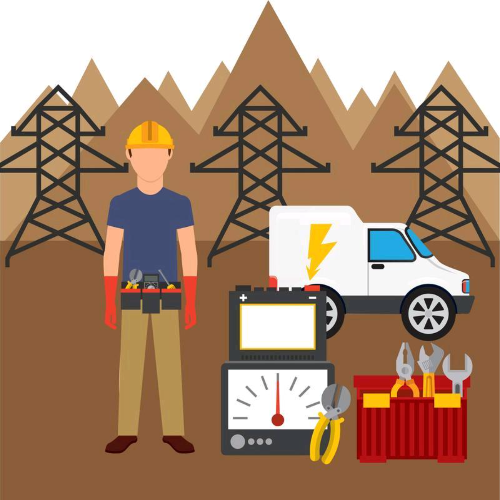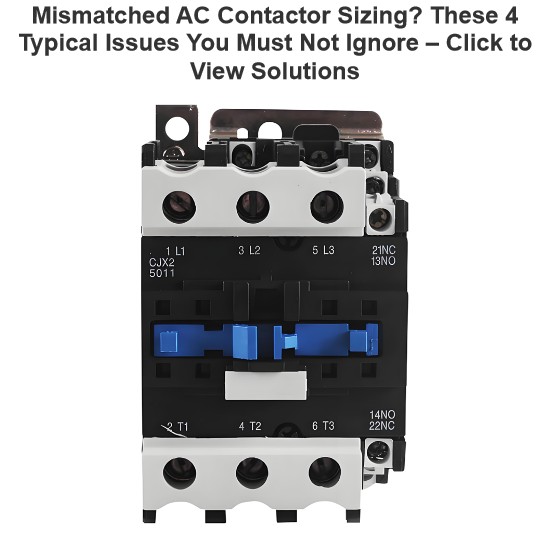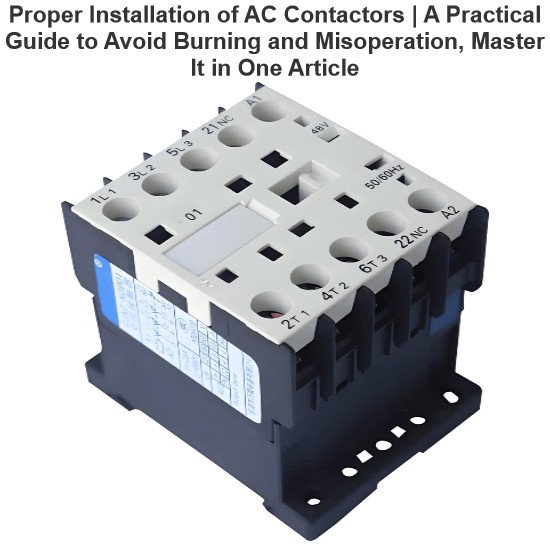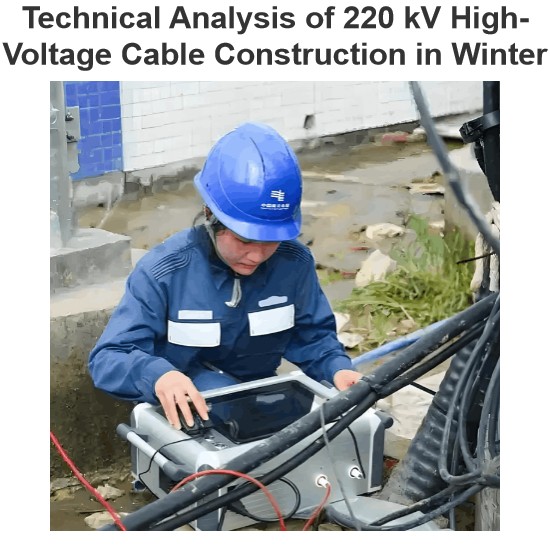1 Role of Current Transformers
Current transformers are used to sense the magnitude of current and isolate the primary system from the secondary system. The primary winding of a current transformer used in a power system is connected in series in the primary high - voltage system, and the secondary winding is connected to measuring instruments and relay protection devices. It induces the current in the primary high - voltage system and converts it into a low - voltage small current on the secondary side according to the current ratio, so as to achieve the purposes of electric energy measurement and relay protection.
2 Selection of Current Transformers
2.1 Classification of Current Transformers
Current transformers can be divided into different types according to different classification criteria, as shown in Table 1.

2.2 Selection of Current Transformers
2.2.1 Selection of Primary Parameters.
The rated voltage of a current transformer is generally selected as the rated voltage of the primary system, and can also be slightly higher than the rated voltage of the primary system. The rated primary current is generally selected as a standard current value greater than the rated current of the primary system. If the rated current value of the primary system is too small, the rated primary current value can be appropriately increased for the convenience of manufacturing.
The rated continuous thermal current should not be less than the maximum load current of the primary system, and the rated short - time thermal current should not be less than the short - circuit current of the primary system. The development of the system should be considered, and the rated dynamic stable current is generally 2.5 times the rated short - time thermal current . To adapt to the development of the system, a multi - current - ratio current transformer can be selected, or multiple secondary windings of the current transformer can be designed to have different current ratios.
2.2.2 Selection of Secondary Parameters
For the rated secondary current of a current transformer, 1 A is generally selected, and 5 A can also be chosen; in special cases, 2 A may be selected. For measurement class, P class, PR class, PX class, and PXR class, when the rated secondary current is 1 A, the rated secondary output is generally selected as a standard load not exceeding 15 VA; when the rated secondary current is 5 A, the rated secondary output is generally selected as a standard load not exceeding 50 VA.
For TPX - class, TPY - class, and TPZ - class current transformers for transient protection, for the convenience of manufacturing, the rated secondary current is generally selected as 1 A, and the secondary output is generally selected as a resistive standard load not exceeding 10 Ω. When the rated primary current reaches ten thousands of amperes or more, the rated secondary current should preferably be selected as 5 A, and the secondary load should not exceed 2 Ω.
For metering current transformers, the accuracy class is generally selected as 0.2 class; when the current variation of the primary system is large, 0.2 S class can be selected. For measuring current transformers, the accuracy class is generally selected as 0.5 class; when the current variation of the primary system is large, 0.5 S class can be selected.
2.2.3 Selection of Type
For the accuracy limit factor of protection current transformers, it is generally calculated by dividing the short - circuit current value of the primary system by the rated primary current value of the current transformer. Based on the result, a standard value not less than this value is selected, and generally 15, 20, 25, or 30 is selected.
For the 10 kV voltage level, epoxy resin - cast dry - type current transformers are generally selected.For the 35 kV voltage level, epoxy resin - cast dry - type, synthetic thin - film insulated dry - type, or oil - immersed current transformers can be selected. When the rated primary current is large (3,000 A and above), oil - immersed inverted - type current transformers should preferably be selected.
For the 66 kV and 110 kV voltage levels, oil - immersed, synthetic thin - film insulated dry - type, or SF₆ gas - insulated current transformers can be selected.For the 220 kV, 330 kV, and 500 kV voltage levels, oil - immersed or SF₆ gas - insulated current transformers can be selected. Among them, for the 330 kV and 500 kV voltage levels, inverted - type oil - immersed current transformers should preferably be selected.For DC power systems, photoelectric current transformers are generally selected.























